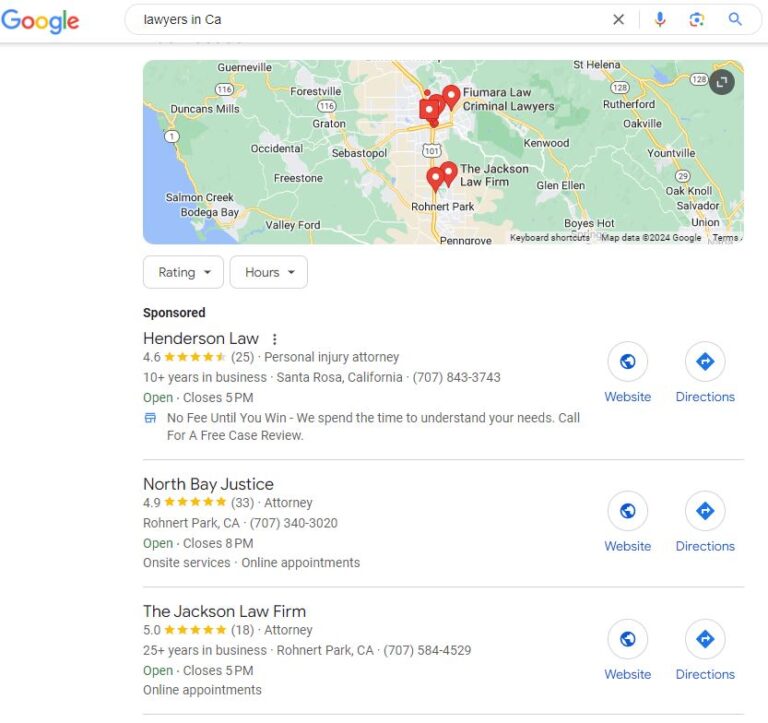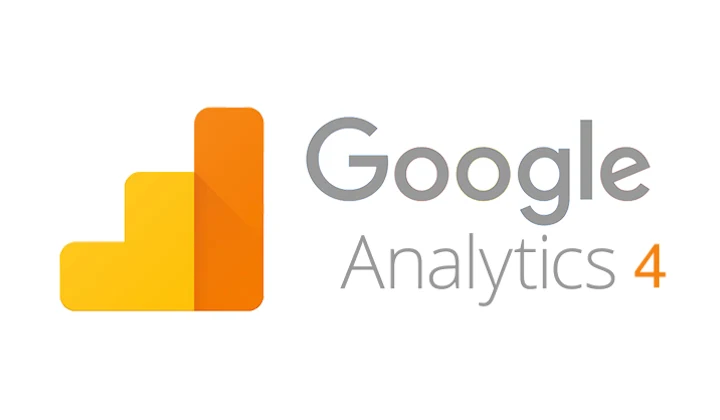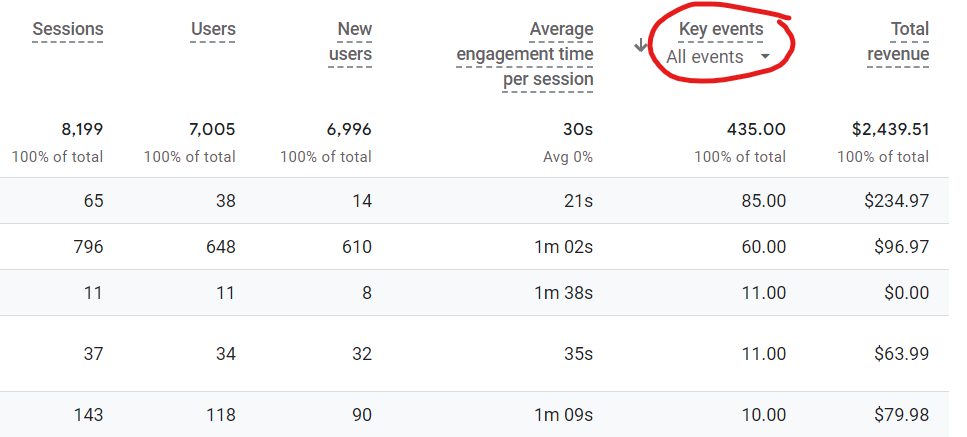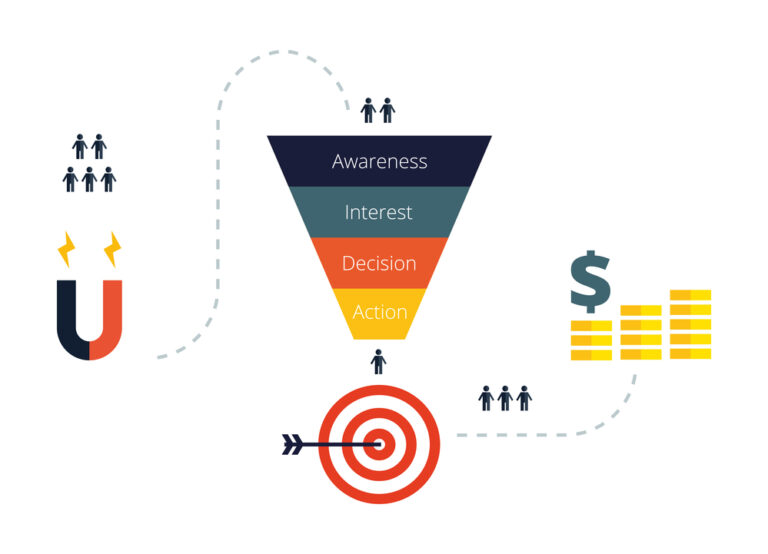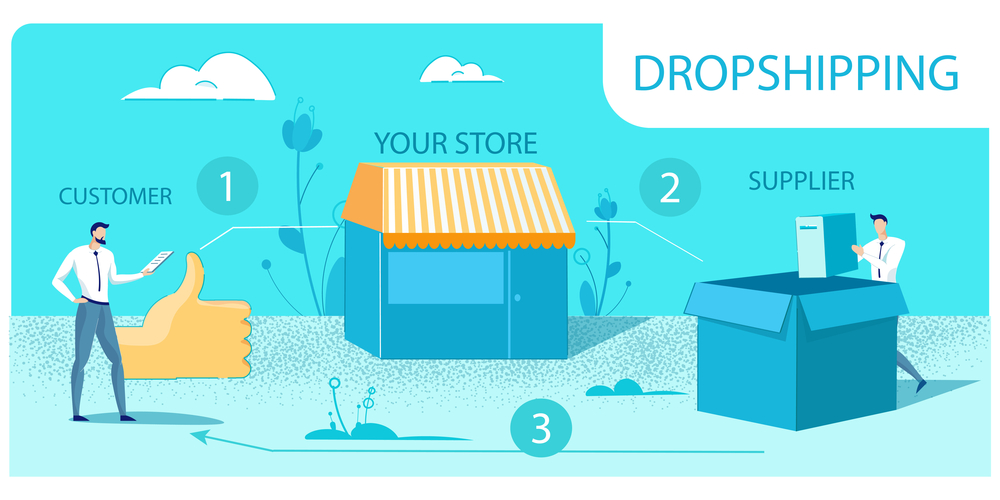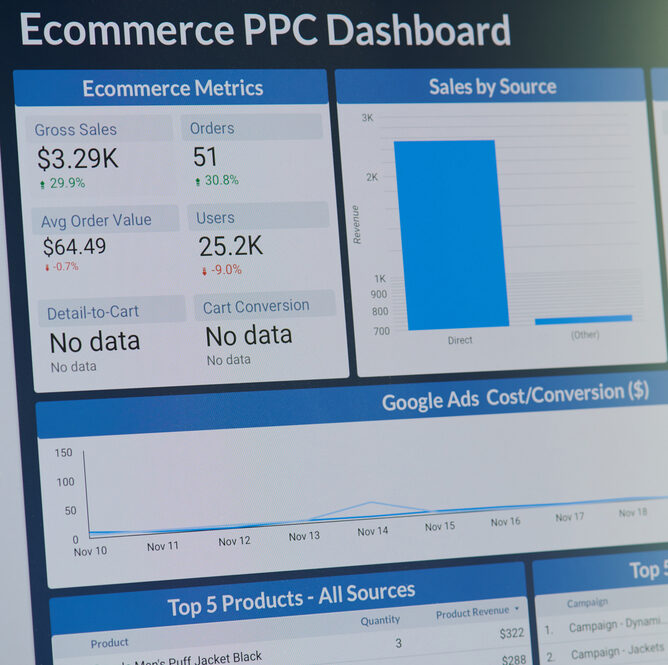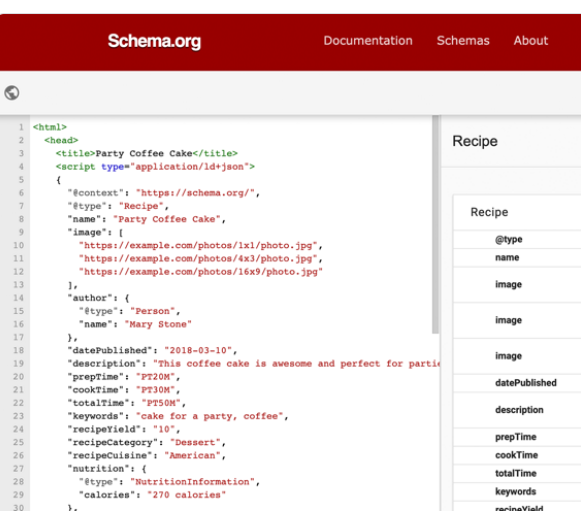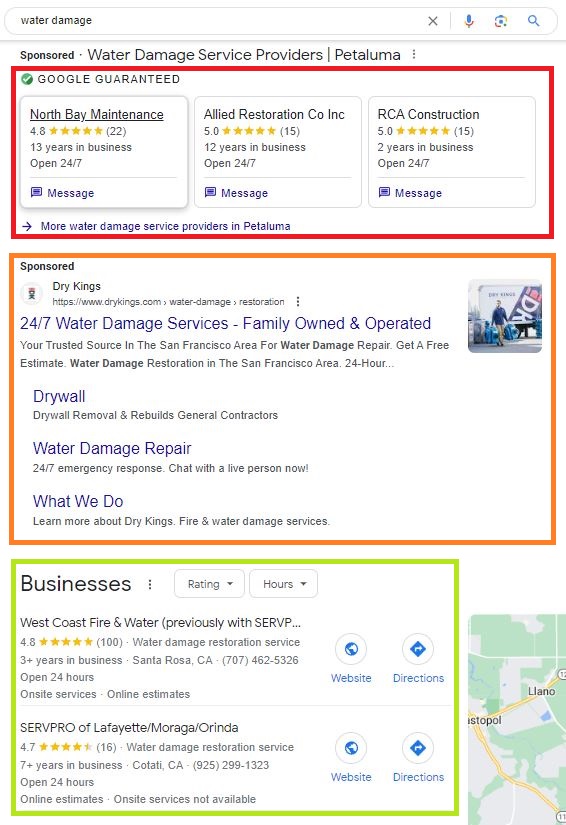Benefits of Choosing a SEMrush Agency Partner
Choosing a SEMrush Agency Partner for Your Digital Marketing
Finding the right digital marketing company can make or break your business. With countless options available, how do you ensure you’re choosing a reliable, competent agency? One effective way is to select a digital marketing company listed on SEMrush Agency Partners. These agencies have proven track records, exceptional skills, and access to SEMrush’s vast resources.
Not to mention they are tested to know the industry standard skills needed in digital marketing.

Why Choose a SEMrush Agency Partner?
Proven Expertise
SEMrush is a renowned name in the digital marketing world, known for its comprehensive tools and resources. Agencies listed as SEMrush partners have demonstrated exceptional proficiency in utilizing these tools to achieve stellar results for their clients. This affiliation means you can trust these agencies to have the knowledge and experience necessary to optimize your digital marketing efforts effectively.
Access to Cutting-Edge Tools and Resources
SEMrush partners have exclusive access to the latest tools, features, and data insights. This access allows them to stay ahead of industry trends and implement strategies that leverage the most up-to-date information and technology. This advantage translates to more effective campaigns, better SEO results, and a higher return on investment (ROI) for your marketing dollars.
Customized Strategies for Diverse Industries
A SEMrush Agency Partner understands that each industry has unique challenges and opportunities. They tailor their strategies to meet the specific needs of different sectors, ensuring that the approaches they implement are highly relevant and effective.
Use For Project
The great part about the SEMrush partners is they will list if they are available for project work or long-term campaigns. This can be extremely helpful for businesses new to digital marketing and may not have the budget for a big commitment. This can give new opportunities for businesses to grow by doing projects to increase their digital imprint.
SEMrush Tools Can Boost Digital Marketing Strategy

Laced Media: A Specialized Partner for Medical Professionals
Laced Media stands out as a SEMrush Agency Partner with a focus on SEO, web design, and AdWords campaigns for dentists, oral surgeons, and plastic surgeons. Here’s why Laced Media is an excellent choice for professionals in these fields:
SEO Expertise
Laced Media excels in search engine optimization (SEO), ensuring that your practice appears at the top of search engine results. By leveraging SEMrush tools, they conduct thorough keyword research, competitive analysis, and ongoing performance tracking. This expertise helps drive organic traffic to your website, increasing visibility and attracting potential patients actively searching for your services.
Stunning Web Design
Your website is often the first impression potential patients have of your practice. Laced Media’s web design services focus on creating user-friendly, aesthetically pleasing, and highly functional websites. They ensure that your site not only looks professional but also provides a seamless user experience, which is crucial for converting visitors into patients.
Effective AdWords Campaigns
Pay-per-click (PPC) advertising can be a highly effective way to attract new patients, but it requires precision to be cost-effective. Laced Media’s expertise in AdWords campaigns ensures that your ads are targeted, compelling, and optimized for maximum ROI. By focusing on the right keywords and demographic targeting, they help you reach the right audience at the right time.
Get a FREE Digital Marketing Strategy
Do you want to know how your competitors show on the first page of Google? We can show you how you can get there too! Laced Media has a specific technique that competes with major competitors. We show you how our digital marketing strategy.
Choosing From The Best
Selecting a digital marketing company listed on SEMrush Agency Partners offers numerous benefits, from proven expertise to access to cutting-edge tools. For dentists, oral surgeons, and plastic surgeons, Laced Media is an exemplary partner. Their specialization in SEO, web design, and AdWords campaigns ensures that your practice not only stands out in a crowded market but also attracts and retains more patients.
By choosing a SEMrush Agency Partner like Laced Media, you can be confident that your digital marketing efforts are in capable hands, allowing you to focus on what you do best—providing exceptional care to your patients.



